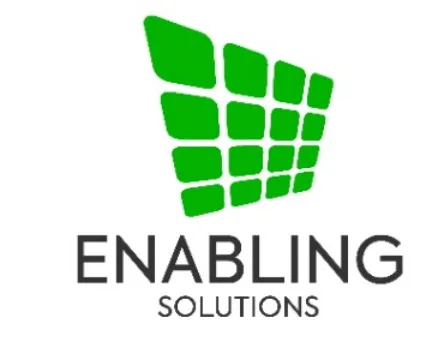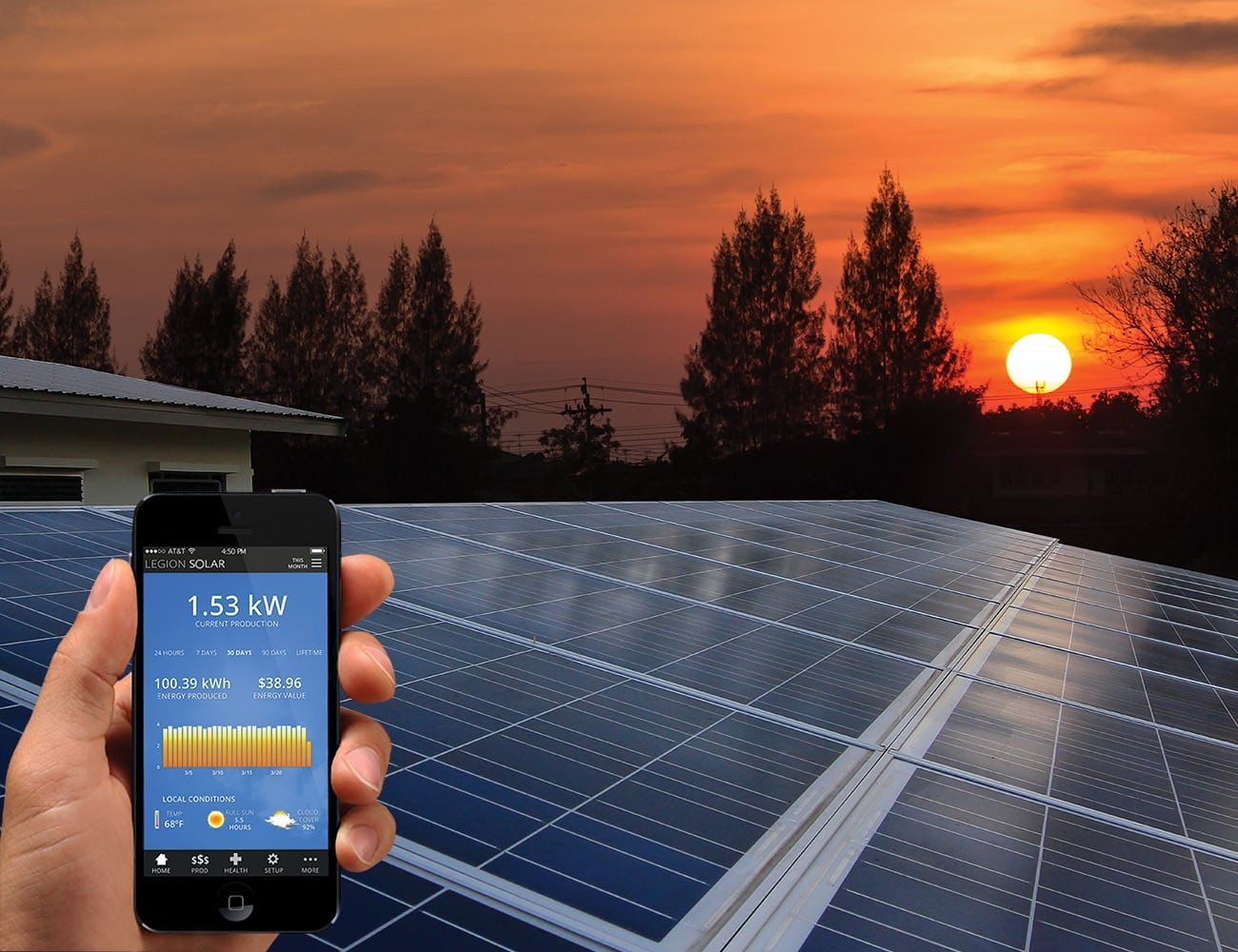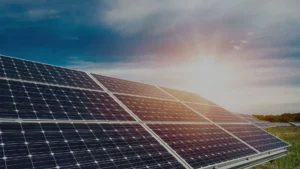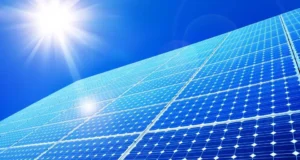To maximize your solar panel lifespan as an environmentally conscious homeowner, you’ve made the investment in solar panels to reduce your carbon footprint and utility bills. To maximize your return on that investment, it’s important to properly maintain your solar panel system. By following a few easy steps, you can keep your solar panels working efficiently for decades. Regular inspections, cleaning, and minor repairs or adjustments are the keys to optimizing solar panel lifespan and performance. Don’t let your solar panels lose efficiency and waste all the energy they could be harnessing from the sun. Stay on top of these simple maintenance practices, and you’ll enjoy affordable renewable energy and a reduced environmental impact for years to come. Follow these 5 easy steps to maximize your solar panel lifespan.
Keep Those Panels Sparkling Clean
To maximize the lifespan of your solar panels, keeping them clean should be a top priority. Regular cleaning removes built-up dirt and debris that can block sunlight and reduces efficiency by up to 25% over time. Professional solar panel cleaning services use purified water and soft microfiber cloths to gently wipe down panels. They are trained to carefully inspect panels for any signs of damage or defects during cleaning. Cracks, chips, or scratches in the glass or frame should be repaired immediately to prevent moisture damage or performance issues. Routine inspections by a certified solar professional are highly recommended to catch problems early. They can test connections, ensure proper grounding, and check for issues with the inverter or other system components. Having an expert evaluate your system’s performance with diagnostic tools provides peace of mind that your solar investment is functioning optimally. Adjusting the tilt angle of panels seasonally helps maximize energy production. As the sun’s position in the sky changes throughout the year , the angle of panels should be altered to maintain the best angle of incidence for capturing solar radiation beneficial to maximize your solar panel lifespan. Many panel mounts allow for easy seasonal angle adjustments to optimize system efficiency. Monitoring your system’s energy production is key to identifying underperformance issues quickly. Compare current readings to the system’s expected output and historical data to spot drops in production. Underperformance could indicate soiling, shading, hardware problems, or inverter issues needing attention. Consistently tracking energy generation helps ensure your solar panels continue operating at peak efficiency for many years to come. Following these best practices for solar panel care and maintenance will help you get the maximum return on your investment in renewable energy. Keeping your system clean, damage-free, professionally inspected, and properly aligned allows solar panels to function optimally for decades. With some simple routine care and attention, you can enjoy reliable solar power for years to come.
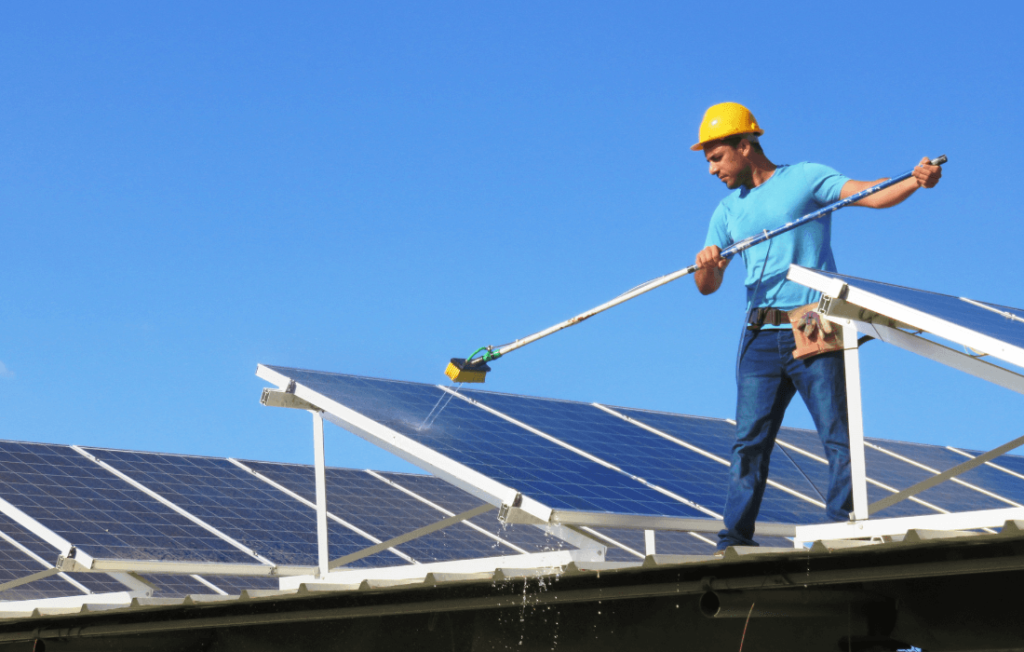
Regular Inspections—The Eyes Have It—Maximize Your Solar Panel Lifespan
To maximize the lifespan of your solar panels, consistent inspections are key. As the adage goes, “The eyes have it.” By visually inspecting your solar panels regularly, you can identify issues early and address them promptly before they become bigger problems. It is recommended that you visually check your solar panels at least once a month, if not more frequently. Look for any visible signs of damage or defects, such as cracks, chips, or dents in the panels. Even small imperfections can allow moisture to seep in, potentially causing corrosion over time. Have any damage repaired immediately by a certified solar professional to avoid reduced performance or efficiency. In addition to surface damage, inspect your solar panels for a buildup of dirt, leaves, bird droppings, or other debris. Any foreign matter on the panels can block sunlight and diminish their ability to generate electricity. Clean your solar panels with water and a soft cloth or sponge to remove surface debris. For stuck-on messes, you may need to use a specialized solar panel cleaning solution, available from most solar product retailers. Every 6-12 months, have a certified solar technician perform an inspection of your entire solar panel system. A professional can spot signs of potential issues with components like inverters, wiring, or mounts that you may miss. Early detection of problems with these critical elements can help maximize your solar panel lifespan and return on investment. Routine inspections, cleaning, and professional servicing are easy, cost-effective ways to keep your solar panels in working order for years to come. With regular care and attention, you can feel confident your solar panels will continue providing efficient, eco-friendly energy for your home. Consistent maintenance yields the maximum benefits from your solar investment and maximize your solar panel lifespan.
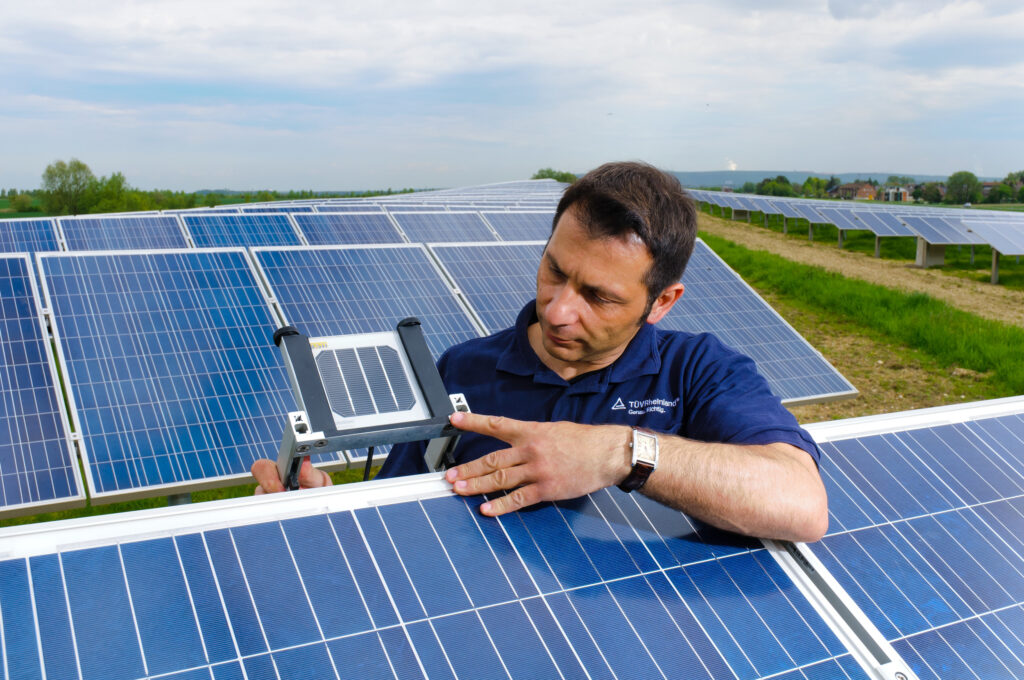
Optimal Positioning – Follow the Sun
To maximize the lifespan and efficiency of your solar panels, proper positioning is key. Following the sun’s path across the sky will ensure your panels absorb the maximum amount of sunlight during the day.
Adjust Panel Angles Seasonally – Maximize Your Solar Panel Lifespan
The angle of the sun in the sky changes throughout the year with the seasons. For optimal sunlight exposure, adjust your solar panels’ angles accordingly. In the summer, when the sun is high overhead, tilt your panels to a steeper angle, closer to 90 degrees. During winter, when the sun sits lower in the sky, a shallower tilt of 30 to 45 degrees is ideal.
Track the Sun
Some solar panel systems come equipped with trackers that automatically tilt and turn the panels to directly face the sun during the day. Single-axis trackers tilt panels from east to west, while dual-axis trackers provide tilt and turn capabilities to track the sun’s position precisely. If your system does not have built-in trackers, you can manually adjust the angles of your panels every few months to maximize your solar panel lifespan to match the sun’s changing path.
Consider a South-Facing Orientation
If manually adjusting your solar panels’ angles and orientation is not feasible, a south-facing position is your best option for consistent sun exposure throughout the year in the Northern Hemisphere. South-facing panels will receive the most direct sunlight during the middle of the day when the sun is high in the sky, as well as ample amounts of light during sunrise and sunset. An orientation within 30 degrees of due south is ideal.
Properly positioning your solar panels to maximize sun exposure is key to optimizing their performance and longevity. Making seasonal adjustments to panel angles, utilizing trackers, and considering a south-facing orientation will help ensure your system generates the most electricity possible over its lifetime. With some minimal effort, you can keep your panels working efficiently for years to come, this maximize your solar panel lifespan.

Monitor Performance – Let the Data Be Your Guide
To maximize the lifespan of your solar panels, consistently monitoring their performance and output is key. By tracking how much energy your system generates over time, you can identify any drops in production and address issues promptly.
Check Your Inverter
To maximize your solar panel lifespan the inverter is the component that converts the direct current (DC) electricity generated by your solar panels into usable alternating current (AC) for your home. If there are any problems with your inverter, it can significantly impact your system’s output. Inspect your inverter regularly for warning lights or strange sounds, and have a professional evaluate it at least once a year. Replacing or repairing an inverter, if needed, is critical to maintaining high performance.
Review Monthly Statistics – Maximize Your Solar Panel Lifespan
Most solar panel systems come with monitoring software that tracks how much energy your panels produce each month. Carefully review these statistics, comparing the current month’s output to the same month in previous years. A decrease of more than 15-20% could indicate issues with shading, soiling, or damage to your panels or other components. Have a solar technician investigate further to diagnose and resolve the problem to maximize your solar panel lifespan.
Check for Shading
Solar panels require direct sunlight to function properly. If trees or other structures start shading your panels, it can significantly lower their efficiency. Inspect your panels regularly, especially after the winter months, for any new sources of shading. Prune or remove foliage as needed to prevent energy loss and maximize your solar panel lifespan.
Test for Soiling
Over time, dust, dirt, pollution, and weather can build up on your solar panels, blocking light absorption. Have a professional test your panels for soiling at least once a year using an infrared camera or soiling meter. If soiling is detected, schedule a panel cleaning to restore performance and maximize your solar panel lifespan. Regularly monitoring these key factors will allow you to catch any drops in performance early and take corrective action. By staying on top of your solar panel system’s output and maintenance needs, you can maximize its lifespan and keep it running efficiently for years to come.

When in Doubt, Call the Pros – Don’t DIY It
When it comes to maintaining your solar panels, some issues are best left to the professionals. Attempting repairs or adjustments yourself could end up causing costly damage or voiding warranties. For the longevity and efficiency of your system, it’s prudent to call on solar experts for certain services.
Professional Inspections
Routine inspections by certified solar technicians should be scheduled every 6-12 months. Skilled professionals have the proper training, tools, and experience to thoroughly evaluate all components of your solar panel system for any signs of damage, wear, or needed repairs. They can spot problems that may not be visible to the untrained eye, like issues with wiring, inverters, or racking. Early detection of faults helps avoid disruptions in service and more serious damage.
Panel Cleaning – Maximize Your Solar Panel Lifespan
While you can perform basic surface cleaning of solar panels yourself using a hose or soft brush, deep cleaning is best handled by professionals with proper equipment and cleaning solutions. Over time, layers of grime, mineral deposits, and debris can build up on panels, significantly reducing their energy production. Professional cleanings can restore panels to like-new condition and maximize your solar panel lifespan, and ROI.
Repairs and Replacements
For any repairs, replacements, or adjustments needed to your solar panels or other system components, always rely on licensed and certified technicians. DIY repairs often void manufacturer and installer warranties and can be dangerous if not done properly. Solar professionals have the skills, training, and experience to safely service or replace damaged or malfunctioning parts so your system is restored to fully functioning as quickly as possible.
Panel Re-alignment
The angle and orientation of your solar panels directly impact how much sunlight they can absorb. Over the lifetime of your system, panels can shift or become misaligned, reducing their efficiency. Professional solar technicians have the tools to properly re-align your panels to the optimal angle for maximum energy production based on your location and weather conditions. Keeping panels perfectly positioned is key to getting the most out of your solar investment. When in doubt about the maintenance or repair needs of your solar panels, call on the experts. Professional solar services help safeguard your investment, maximize energy savings, and keep your system running at peak performance for years to come.
The Enabling Solution has a variety of experienced solar engineers who are able to provide major tips in maximizing the lifespan of your solar panels, as well as which solar panels are best suited for your geographic location. On-Grid, Off-Grid, Hybrid: Which Solar System Is Right for You?
Get in touch with us for any solutions or guidance! – For Maximize Your Solar Panel Lifespan
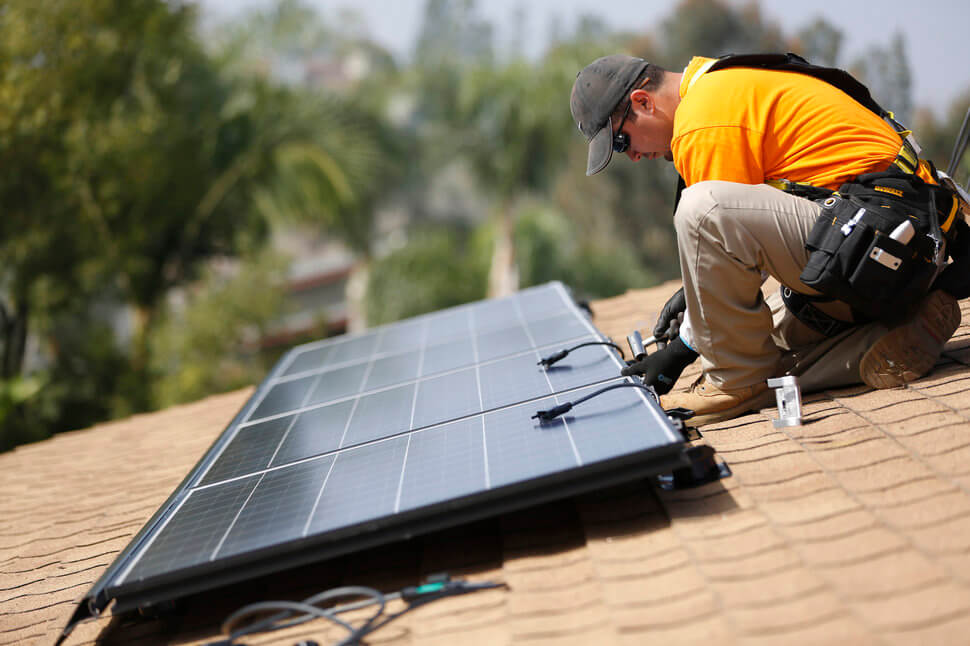
Conclusion
You have the power to maximize your solar panel lifespan and ensure they serve you well for decades. By following these simple maintenance steps, you can optimize your solar panel efficiency and longevity. Consistent inspections, regular cleaning, managing vegetation, checking electrical connections, and monitoring performance will help your system thrive for years to come. While solar panels require minimal maintenance, that little bit of care and attention goes a long way. Stay on top of these easy tasks and your solar panels will reward you with free renewable energy for the long run. With some basic do-it-yourself knowledge and a commitment to routine upkeep, you’ll get the most out of your solar panel investment.
